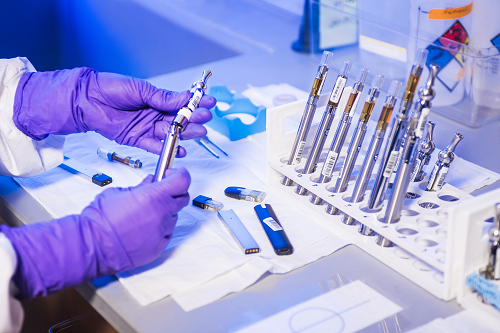EU Clinical Trials Regulation and Reporting the Negatives in Clinical Trial Reports
The new clinical trial regulations that are in place right now will streamline applications and increase transparency.
The current clinical trials regulatory framework for the European Union (EU) has entered into effect this 31 January 2022.
The Clinical Trials Information Systems system (CTIS) is available to patients and competitors and the general public alike.
These programs will simplify the clinical trials application and review process, and enhance transparency.
Clinical trials aren’t always just about the fun parts. Sure, there are healthy human volunteers and patient participants that we see becoming healthier.
But even with all the good that comes from these studies and the devices they’re testing, there’s always a chance for adverse events to happen.
Hence, in addition, to monitoring progress, clinicians must also monitor for adverse events that may occur during a given study, because patient safety is paramount in clinical research.

Adverse Effects and Events
In the world of medical manufacturing, there are many terms that get thrown around, and sometimes it can be hard to keep them straight: adverse events, adverse effects, serious adverse events, serious adverse effects, side-effects, complications, and harms.
According to the previous Medical Device Directive, an adverse event is “Any untoward medical occurrence, unintended disease or injury or any untoward clinical signs (including an abnormal laboratory finding) in subjects, users or other persons whether or not related to the investigational medical device.”
The European Economic Area (EEA) wants you to report and evaluate suspected adverse reactions—that means the bad side effects of your drugs/medical devices—during development and after marketing authorisation, or approval for use in the public.
The EEA also requires that marketing authorisation holders submit information electronically on medical devices.
The submission of reports on adverse reactions is necessary because these incidents can be very serious, and it is important to keep track of them. In addition, this allows doctors to make informed decisions.
Serious adverse reactions in EU CTR

The reporting of serious adverse events in clinical trials is serious business. According to the regulations in place, to qualify as a serious adverse event, the event needs to have
a) led to a death, injury or permanent impairment to a body structure or a body function.
b) led to a serious deterioration in health of the subject, that either resulted in: – a life-threatening illness or injury, or – a permanent impairment of a body structure or a body function, or – in-patient hospitalization or prolongation of existing hospitalization, or – in medical or surgical intervention to prevent life threatening illness
c) led to foetal distress, foetal death or a congenital abnormality or birth defect.
These serious adverse events are not only mentioned in the clinical trial report rather they need to be reported by the sponsors of the said clinical trial, national authorities, marketing authorizers etc required by the European medicines agency.
These reports are made individually in individual case safety reports (ICSRs) and acknowledgement messages.
Apart from these, clinical trial sponsors also need to put in the regular information regarding clinical trials in detail. These are usually submitted in the clinical study reports.
How to design the clinical trials information system?
There is no exact design of course, but following some solid design helps. In the EU clinical research, you’ve gotta do your homework.
And that means reporting suspected side effects from your medical devices on an ongoing basis, whether they’re in clinical trials or already on the market.
So play by the rules, and pay attention to what’s going on with your products.
- First of all, make sure all the serious adverse reactions are reported in clinical trial safety reports via ICSRs/acknowledgements.
- All information regarding the investigational medicinal products must be submitted through product reports.
- The above two was for interventional clinical trials. For non-interventional clinical trials, the rules are a bit lax. The clinical trial sponsors don’t need to be as involved. Having the marketing authorizing person submit data regarding any serious adverse reactions occurring outside the EEA and any no serious and serious adverse reactions occurring within EEA is enough.
- For non-interventional clinical trial submissions, info regarding authorised medicinal products needs to be submitted in product reports.
Clinical study report guidance

Of course, no one expects you to be an expert on clinical trials or clinical studies according to the clinical trials legislation right away. The European Medicines Agency, or EMA, is the gatekeeper to CTIS. They are the ones that decide who gets in, who stays in, and who never gets published in the database.
To make things easier for manufacturers submitting clinical trials, EMA has published training and support materials on how to use it. These include online training modules, a handbook for clinical trial sponsors, a master trainer programme, and training and information events. So, make good use of it and enhance your team’s clinical development strategies.
Further Reading
- https://www.ema.europa.eu/en/human-regulatory/research-development/pharmacovigilance/eudravigilance/eudravigilance-electronic-reporting
- https://www.ema.europa.eu/en/human-regulatory/research-development/clinical-trials/clinical-trials-information-system-ctis-online-modular-training-programme
- https://ec.europa.eu/docsroom/documents/16477/attachments/1/translations/en/renditions/native
